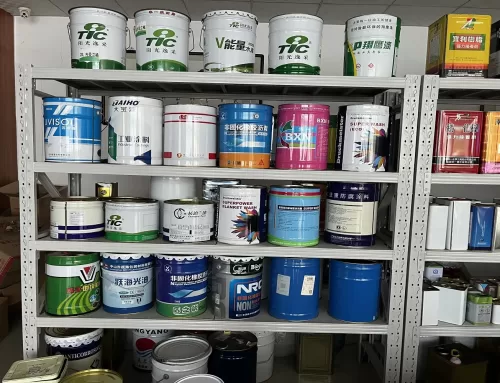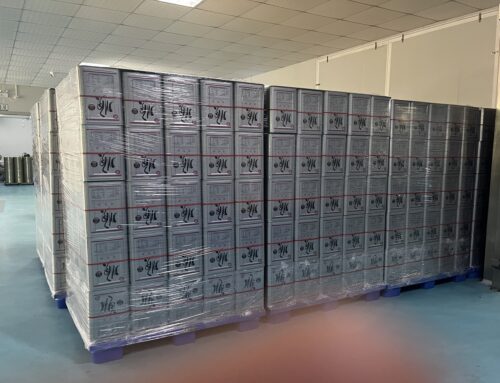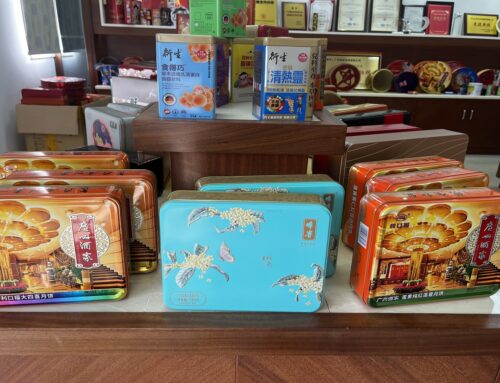Tinplate cans (tin cans) are considered to be one of the most popular packaging materials in the world. These small tin cans are easy to manufacture and inexpensive, and can be made in any color, shape and design. Although the names may imply different, these cans are not actually made of tin. So, what is the tin can made of?
Tin cans-what are they made of?
Although empty cans are often referred to as “tin cans,” few modern tin cans are produced entirely from tin cans. The main reason people call these empty cans “cans” can be traced back to the late 20th century. At that time, the tank was made of tin-plated steel with the purpose of combining the strength and endurance of steel with the corrosion resistance of tin.
Nowadays, generally speaking, empty tin cans are made of any thin metal. The range is from aluminum to steel or iron. Although this is not always the case, these small tin cans are usually tinned. Since the 1960s, aluminum has so far become the first choice for the production of small tin cans. The reason behind it is that it is cheaper and easier to form. As a result, the manufacturing process has become cheaper and less time-consuming than before. As we all know, aluminum has the same corrosion resistance, so it is an ideal substitute.
The reason why an empty can cannot be made entirely of tin is, in fact, tin is a very rare material. Although it is considered a “common metal” and not a “precious metal” like gold or platinum, its availability is still less than you might think. In fact, tin may also be one of the least “common” metals in there. Indeed, the number of tin mines in the world is limited. Scientists even predict that in the future, we may completely run out of tin.
For the reasons mentioned above, it would be very expensive and difficult to make anything with pure tin. This is especially true for everyday items (such as packaging materials). As of today (2018), the price of tin is US$20.61 per kilogram, while the price of aluminum is only US$2.1 per kilogram. (2018) As you can imagine, this major price difference leads to the fact that manufacturers would rather use different metals to produce tin cans. Most of the empty cans produced today are made of aluminum or other cheap alloys.
If you want to know the complete production process of metal cans, please click the following link to learn more:
Traditional tinned cans
The only product produced by pure tin is tin foil. This material is usually used for scientific experience, but can also be used to wrap other objects, such as chocolate bars. Because tin can be squashed in a very thin sheet, it allows us to create a large amount of “plating” with only a small amount of tin. In addition to making tin foil, this coating is often used in traditional containers. It is estimated that one pound of pure tin can produce up to 12.08 square meters of tin foil or tin plating. (2018) For this reason, tin has become very popular in electroplating and is often used in pure metal cans.
In addition to the fact that tin can be easily leveled, there is another reason to use it as a plating material. Tin does not interact with oxygen-therefore, it does not rust or discolor, and it is highly resistant to corrosion.
Today, we use most of the tin in the world to produce tinplate cans. These empty cans are mainly made of tinned steel or iron. Therefore, all can only be composed of 1% or 2% tin. This forms a coating on the metal to protect it from the elements. Because of its protective function, the coating can be used for a large number of commercial items, such as tin cans and other packaging.
Tin cans are mainly used for the storage of canned food, cosmetics, medicines and candles in the form of candle jars. Ordinary metals usually react with the acids present in these substances, and then they begin to corrode. Once this happens, the can will release molecules that may contaminate the contents of the package, and it will destroy the can itself. In the past, this particularly caused problems with lead packaging. As we all know, these jars leach harmful toxins out of them. However, due to the acid resistance of tinned metal cans, food, cosmetics and medicines can be stored for a longer period of time, which is completely safe. The only disadvantage of traditional tinned cans is that they are much heavier than aluminum cans.
Modern tin can
Generally speaking, tinned cans are considered the “traditional” way of producing cans. In today’s world, the vast majority of small tin cans sold are made of aluminum or different types of processed metals. Any material is suitable as long as it is easy to form and resistant to rust and corrosion. Both traditional cans and modern cans are very suitable for canning purposes and can also be recycled. Therefore, manufacturers can strip the tinplate layer and reuse the iron or steel for scrap metal.




